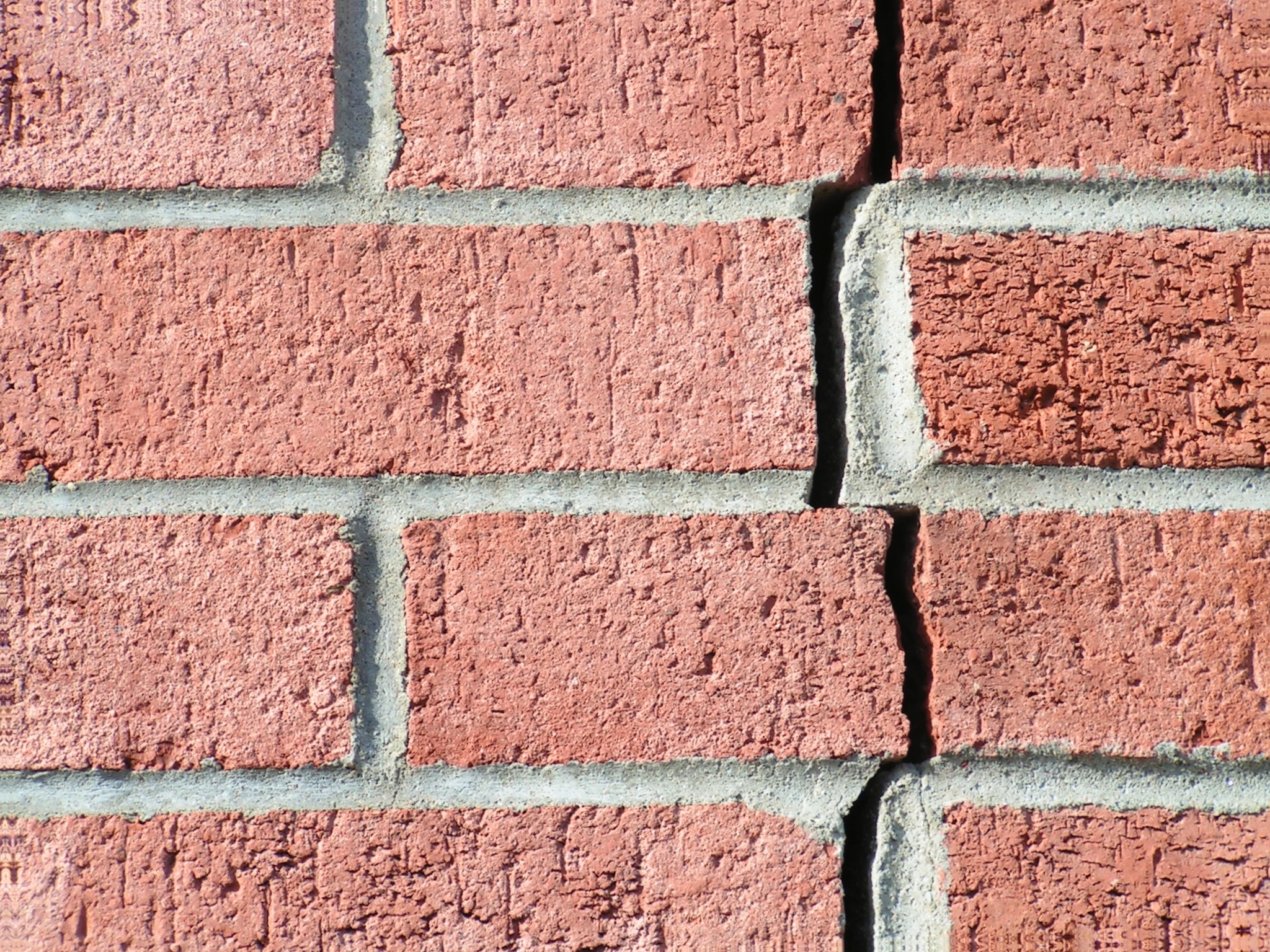A structural or building warranty is technically ‘structural defects liability insurance’. Warranty providers’ carry out an inspection process as the build progresses and, on completion, a 10-year warranty is provided covering major defects in design, materials or workmanship.

The series of inspections often resembles those undertaken for building regulation approval. Unlike building regulation approval, a building warranty is not a statutory requirement.
“Why then”, you might be thinking, “do I need one?”
Most banks and building societies require a structural warranty before they will lend against a newly built property. The design workmanship and material aspects that it covers are not usually included in standard buildings insurance and the mortgage lenders want to manage their risk.
If you need a mortgage to complete your build or have any plans to sell it to someone who might need one to buy it, then you need a structural warranty.
It does offer an extra layer of insurance for you and the peace of mind that another experienced set of eyes has checked the integrity of your build.
Building Warranty Providers
There are a number of companies who offer building warranties for new build houses and of 14 Nov 2017 here are a few of the main ones.
- Buildzone 10 Year Structural Warranty.
- LABC New Home Warranty.
- ProAktive Self Build Structural Warranty.
- Protek Self-Build Structural Warranties.
Some of these warranty providers offer a building control service alongside their warranty schemes at an extra cost.
Architect’s Certificate
It is worth mentioning that there is an alternative to the building warranty – The Architects Certificate – Your architect can inspect the work as it progress and issue a certificate on completion.
Insurance is provided via the architect’s indemnity insurance. If a defect occurred you would have to sue your architect and prove negligence in order to obtain a payment. This option is not popular with builders or architects alike.
The Process
Structural warranty schemes tend to follow a similar pattern:
- The applicant submits plans, specification, completed application form and an application payment to the provider.
- The provider will calculate a quote for the policy. The fee is calculated based on the individual property but is mainly linked to floor area.
- An inspector will visit the applicant for an appraisal meeting.
- The applicant signs and returns an acceptance letter.
- The warranty provider will supply a technical manual, other policy documents and a site folder to log progress and inspection results.
- The build begins and site inspections are requested at designated stages (add these to your programme) to check compliance with the warranty standards. It is worth noting that often the technical standards required by the warranty provider are higher than those required by building control.
- When the build is complete and all stage certificates and a completion certificate have been issued the 10 year structural defects cover begins.
Have a look at the building warranty schemes available, check the cover (including the small print) and contact them for quotations.
Return to Construction Project Management
Return to Home Page from Building Warranty
